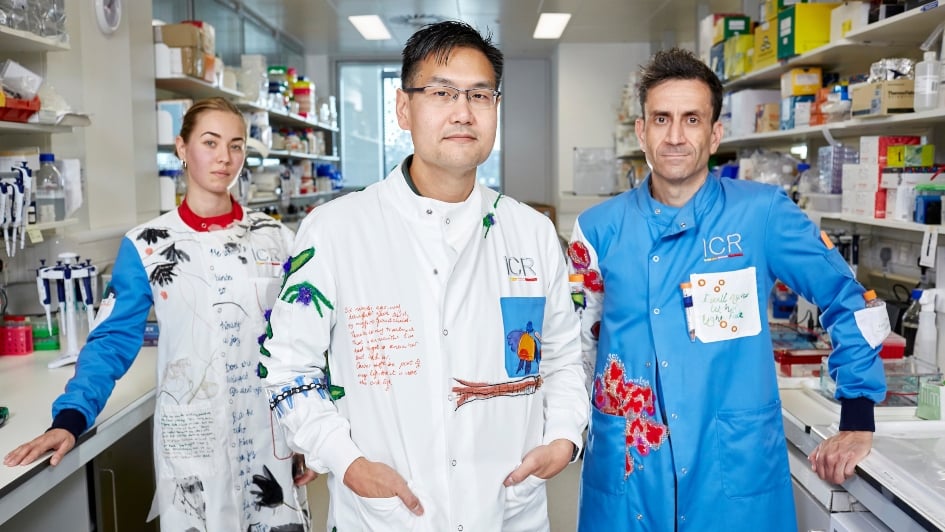Taking on cancers of unmet need
Among the 200 types of cancer, some are of especially high unmet need either because they are rare or hard-to-treat – including adult and childhood cancers such as brain, lung, pancreatic cancers and sarcomas.
Rare cancers tend to get less research funding than more common types, despite the fact that they collectively make up one in five (22%) of all cancer diagnoses. A third of these patients will be diagnosed with an exceedingly rare cancer type, and so may have only limited treatment options.
There are also other cancers of unmet need where there has been little advance in treatment over the decades because of the more complex, hard-to-treat nature of these cancers and insufficient research funding.
Improving patient outcomes through new research is one of our key priorities, with a focus on better understanding the cause and biology of cancers of unmet need, discovering new therapies to tackle them and running clinical trials for potential ways to treat them.
 To unveil the artworks, Valeriya Pankova, Dr Paul Huang and Professor Chris Jones wore the unique lab coats in their labs.
To unveil the artworks, Valeriya Pankova, Dr Paul Huang and Professor Chris Jones wore the unique lab coats in their labs.
Among our scientists focusing on cancers of unmet need are Dr Paul Huang, who leads a team dedicated to taking on the challenges of lung cancer and sarcomas, and Professor Chris Jones, whose research aims to find the genes that cause childhood brain tumours.
Commenting on the artworks, Dr Paul Huang, Leader of the Molecular and Systems Oncology Team said:
“To see our lab coats used as artistic canvases on which the words and experiences of patients have been so powerfully expressed is inspiring and it has been an honour to unveil them. These pieces symbolise how the patients are always at the forefront of our minds and the driving force behind our research. Even with incredibly challenging and biologically complex cancers of unmet need like sarcomas, every ICR researcher rises to the challenge every day in order to discover the treatments that will truly change patients’ lives.”
Professor Chris Jones, Leader of the Glioma Team, added:
“Our science exists at the meeting point between technical skill and creativity. Alongside the precision and skill of lab work we’re always required to think outside of the box and find innovative, imaginative solutions to the challenges of finishing cancer, especially for cancers of urgent unmet need like childhood brain tumours. I see many parallels in these lab coat artworks, which realise Rosalind’s creative vision through incredibly precise needlework.”